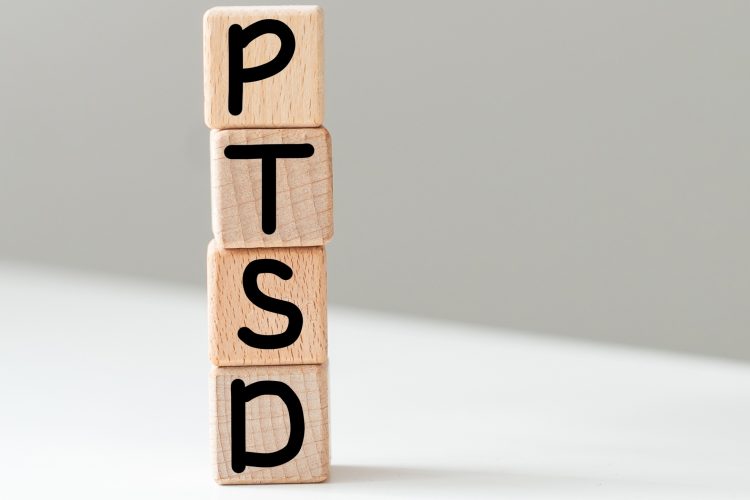Scientists have developed a new computational model that reveals how the striosomal compartment of the brain’s striatum influences decision-making – which could lead to improved therapies for psychiatric disorders.

Scientists from the Icahn School of Medicine at Mount Sinai and the University of Texas at El Paso, have developed a new computational framework to better understand how the striatum – a critical region of the brain – is involved in impaired decision-making in psychiatric disorders such as post-traumatic stress disorder (PTSD).
Understanding the striatum’s role
In a study published in Nature Communications, researchers highlighted the therapeutic potential of modulating activity within the striosomal compartment – a neurochemically distinct area of the striatum.
“Though it has been established that the striatum is clearly important for cost-benefit decision-making, the precise role of the striosomal compartment has remained elusive,” says Dr Ki Goosens, Associate Professor of Pharmacological Sciences and Psychiatry, at the Icahn School of Medicine at Mount Sinai and co-lead author of the study.
“Our computational model tackles that issue by creating a framework that links levels of striosomal activity to which and how many factors we consider in our decisions to pursue something. For the first time, we’ve developed a model to explain how striosomal circuits are involved in healthy as well as disordered decision-making.”
Striosomes and decision complexity
The striatum controls multiple aspects of cognition, including decision-making, motor control, motivation and reward perception. It is divided into striosomes and the surrounding matrix, though the functional differences between these compartments are often misunderstood.
Using a model that integrates biology, decision-making theory, mathematical modelling and big data analysis, the team discovered that information about potential decision factors flows into the striosomes. These compartments then determine which factors – and how many – are used to make a decision.
High levels of striosomal activity favour ‘simple’ decisions, in which single factors drive action. However, extremely high activity can lead to impulsive decisions that are often made quickly and carelessly.
High levels of striosomal activity favour ‘simple’ decisions, in which single factors drive action. However, extremely high activity can lead to impulsive decisions that are often made quickly and carelessly. Lower levels of activity support ‘complex’ decisions that weigh-up multiple factors, while extremely low levels may result in ‘analysis paralysis,’ where decisions are delayed because the neural circuits cannot decide on an outcome.
“Our model provides an innovative way to interpret impairments in so-called cost-benefit decision-making in psychiatric disorders,” explains Dr Alexander Friedman, Assistant Professor of Biological Sciences at the University of Texas at El Paso and co-lead author of the study.
“For example, we believe that disorders like post-traumatic stress disorder and substance abuse disorder, in which risky behaviours are common, result from high levels of striosomal activity driving consideration of potential rewards but ignoring potential costs. Conversely, disorders like depression, where daily decisions are often difficult, are believed to result from low levels of striosomal activity that result in too many dimensions being considered.”
Toward therapeutic interventions
The computational tool developed by Dr Goosens and his colleagues not only explains impaired decision-making in psychiatric disorders but also highlights the importance of understanding striosomal activity changes across different conditions. The study suggests that therapeutic modulation of striosomal activity could offer a promising new area of exploration for treatment.
